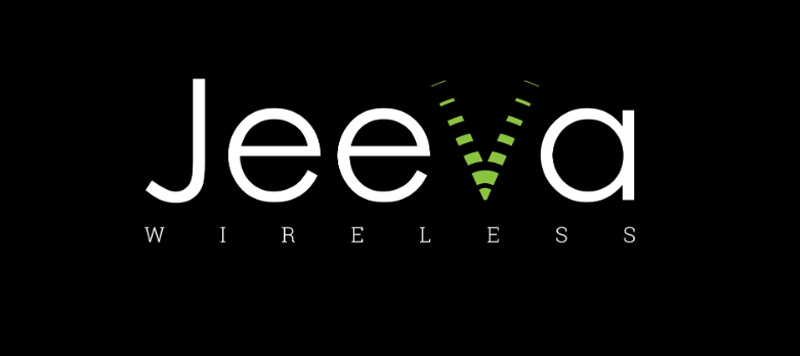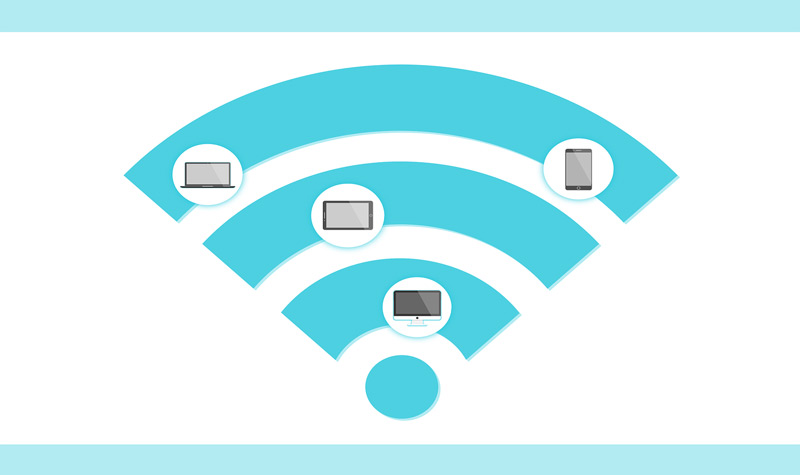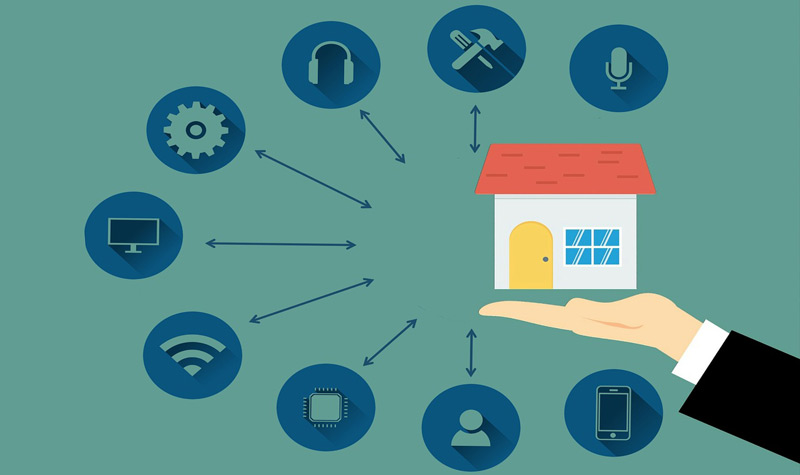
Index:
UPDATED ✅ Do you need to know the definition of passive WiFi and how it beats the current one? ⭐ ENTER HERE ⭐ and discover how to do it ✅ EASY and FAST ✅
If we start to analyze the connection to Wi-Fi is one of the applications that most consume our battery of mobile deviceswe will realize that the consumption of electrical energy that we need to charge those batteries is too high.
Let’s imagine the electricity consumption needed by all the people who are in Spain or Europe and need to charge their mobiles daily. We will realize the importance of being able to reduce these expenses, not only for the economic part but also for the preservation of the environment.
Fortunately “Passive WiFi” technology was born a short time ago with which energy consumption can be drastically reduced. We will show you what this type of technology consists of, what its advantages are and in what time it can be working at 100%.
What is passive Wi-Fi and who developed this wireless technology?

Indian engineer Vamsi Talla He is the chief investigator of the Washington University, located in the North American city of Seattle. These scientists have been studying for 4 years how to considerably reduce the energy consumption that occurs when we connect our devices to the Wi-Fi network.
For it created Passive WiFi technology with which you can reduce up to ten thousand times the energy consumption with respect to the wireless connections that exist today.
This engineer founded the company Jeeva Wireless which is dedicated to the sale of this technology for the different suppliers of items that we use on a daily basis, from a mobile phone to a coffee maker.
Note that the trend of “Internet of things” (IoT) is getting bigger and closer than ever. Let us remember that IoT is the technology of applying WiFi sensors to as many objects as possible that exist in a home or in a company.
How does Passive WiFi work? Differences with the conventional

Traditional WiFi works with two devices that need to connect through 2 kinds of wavea digital one (the one that transmits the data) and an analog radio (which is responsible for transporting that data).
One of the devices receives the Internet signal through a cable, translates it and sends it, thanks to an antenna, by radio waves to the second device, which decodes the signal and translates it.
It also works in reverse when the second device sends radio wave signals to the wireless router and it sends information to the Internet. For these two devices to work, there needs to be a transmitter and a baseband chip.
For passive Wi-Fi, it was possible to separate the radio waves, making it only necessary for one of the devices to send the signals through the placement of passive sensors.
That is why only one of the devices needs to have a baseband chip and an antenna. This considerably reduces energy consumption.
In other words, a passive chip must be installed in a mobile phone, for example, and this will connect with the router that has special software installed for this case. Everything else works in the same way as traditional WiFi because the data transmission is done digitally.
How fast can these types of wireless connections be?

It is estimated that if we connect to a passive WiFi network we can obtain a speed a little higher than 11 Mbps, which is much lower than that of a traditional WiFi network.
Although it is true that it is approximately 10 times faster than Bluetooth, it is still a point to take into account to improve this technology.
What are the main advantages and disadvantages of this new wireless connection?
Like any new technology, it has its own benefits and also disadvantages that must be analyzed and perfected in the future. Next, we will present what we consider important for our criteria:
Advantage
We will mention the following points or aspects as advantages:
- Efficiency: It is one of the strengths of this new technology. With it we can considerably reduce energy consumption.
- Environmental care: by reducing electricity consumption we are also collaborating with our environment not only for energy production but also for the recycling of batteries and other elements that we would no longer use.
- Simple operation: No major changes are needed with current technology for passive Wi-Fi to work, you just have to change the software of the routers and the chips so that they can connect to each other. In other words, we will not need new installations that are expensive or take up a lot of space, we will simply be able to manage ourselves as we have been doing up to now.
Disadvantages
If we have to talk about disadvantages, we will name the following aspects, which, although being a new technology, can be perfected without any doubt.
They are:
- The speed is an aspect that needs to be improved, they offer not half of what a traditional WiFi technology offers in speed.
- It is not applicable to all places, although it is true that it is a technology that is not more than 4 years old, it is still not easily accessible, since it can be transmitted up to a maximum of 30 meters.
- Application time, it will take some time to be able to have this class for the entire system “Internet of things”.
When will we be able to have devices with support for this type of Internet connection via WiFi?
As we mentioned before, the company Jeeva Wireless, in charge of developing this technology and selling to the different manufacturers of products to be able to reach IoT, reports that there are more and more interested in applying this technology, but due to the limitations that currently presents its implementation is not as fast as expected.
Therefore, considering that the production cost is very lowabout a dollar, it is estimated that in the next 2 or 3 years we can have this technology applied almost 100% in all our homes and workplaces.
Internet